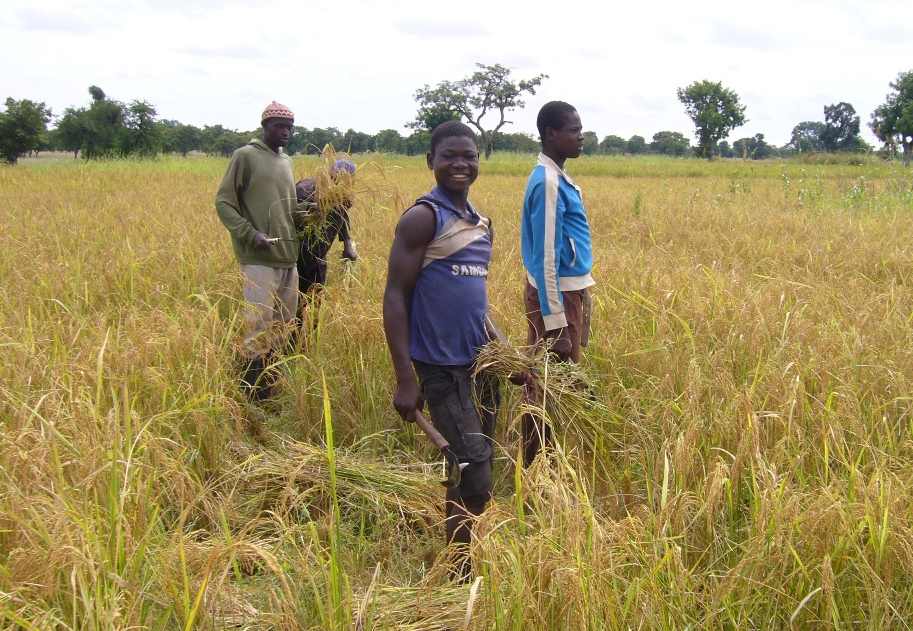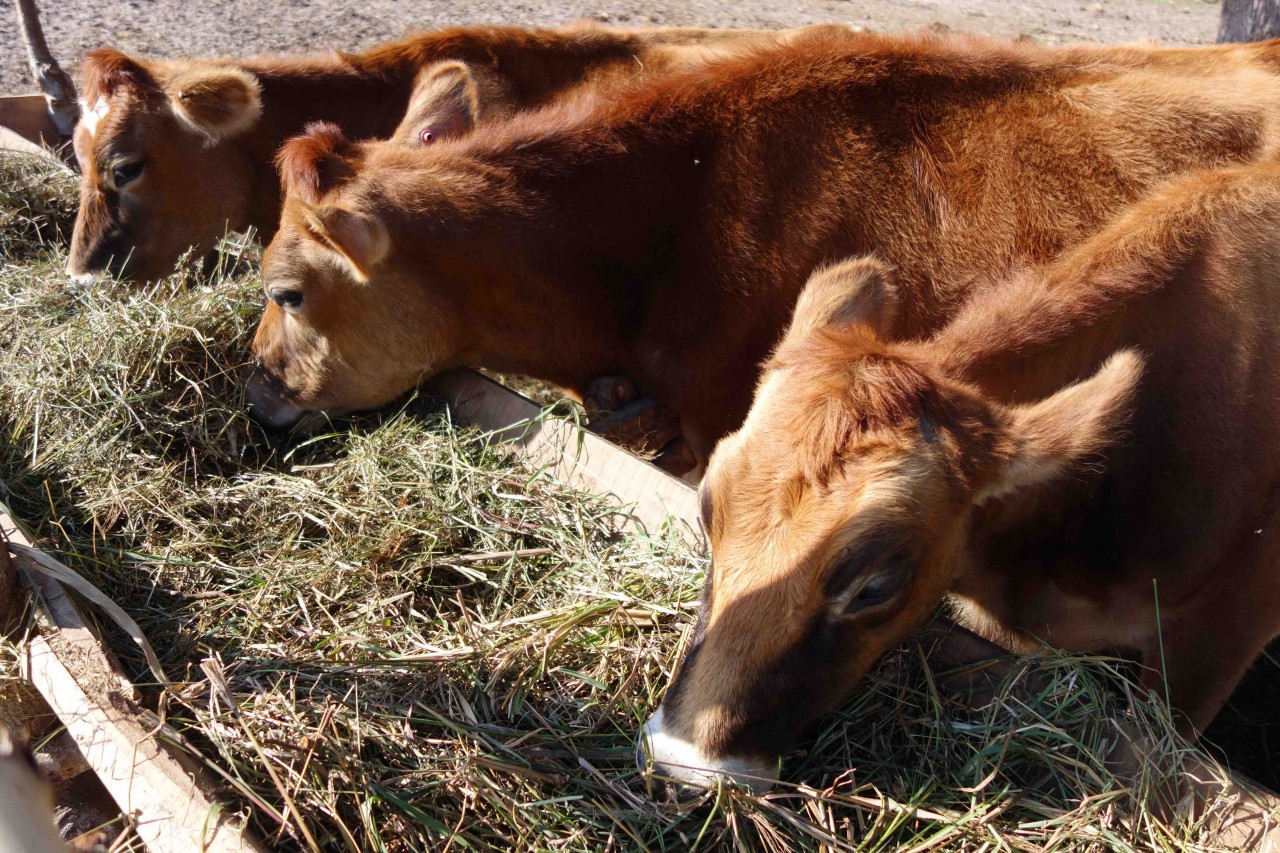“Food Security in Africa” Development of sustainable technologies to increase agricultural productivity and improve food security in Africa
2025-08-12
The second of the 17 Sustainable Development Goals (SDGs) adopted by the UN General Assembly calls on all nations to “end hunger, achieve food security and improved nutrition, and promote sustainable agriculture.” For JIRCAS, finding ways to overcome food shortage in Sub-Saharan Africa (SSA), where 215 million people are currently undernourished, would be its contribution toward meeting this challenging goal.
During the third medium-term plan period, JIRCAS conducted research studies on rice, yam, and cowpea for Africa. Desirable traits in rice were investigated to increase yield and meet the recent rapid increment in consumption in SSA. Two regional crops, yam and cowpea, were also examined because of their importance in the regional food and nutritional supply chain.
This project, titled “Development of sustainable technologies to increase agricultural productivity and improve food security in Africa,” is Program B’s flagship project under JIRCAS’s fourth medium to long-term plan. The project is aimed at maximizing the previous medium-term plan’s outputs, which were obtained in collaboration with either national or international research institutions, and thus contribute to enhancing food security in SSA. In this project, our research activities were planned based on the premise of “improving sustainability with efficient utilization of resources,” “utilizing unused germplasm efficiently,” and “capturing the preferences of consumers and needs of farmers.” The project will be focusing on the three sub-themes enumerated below:



